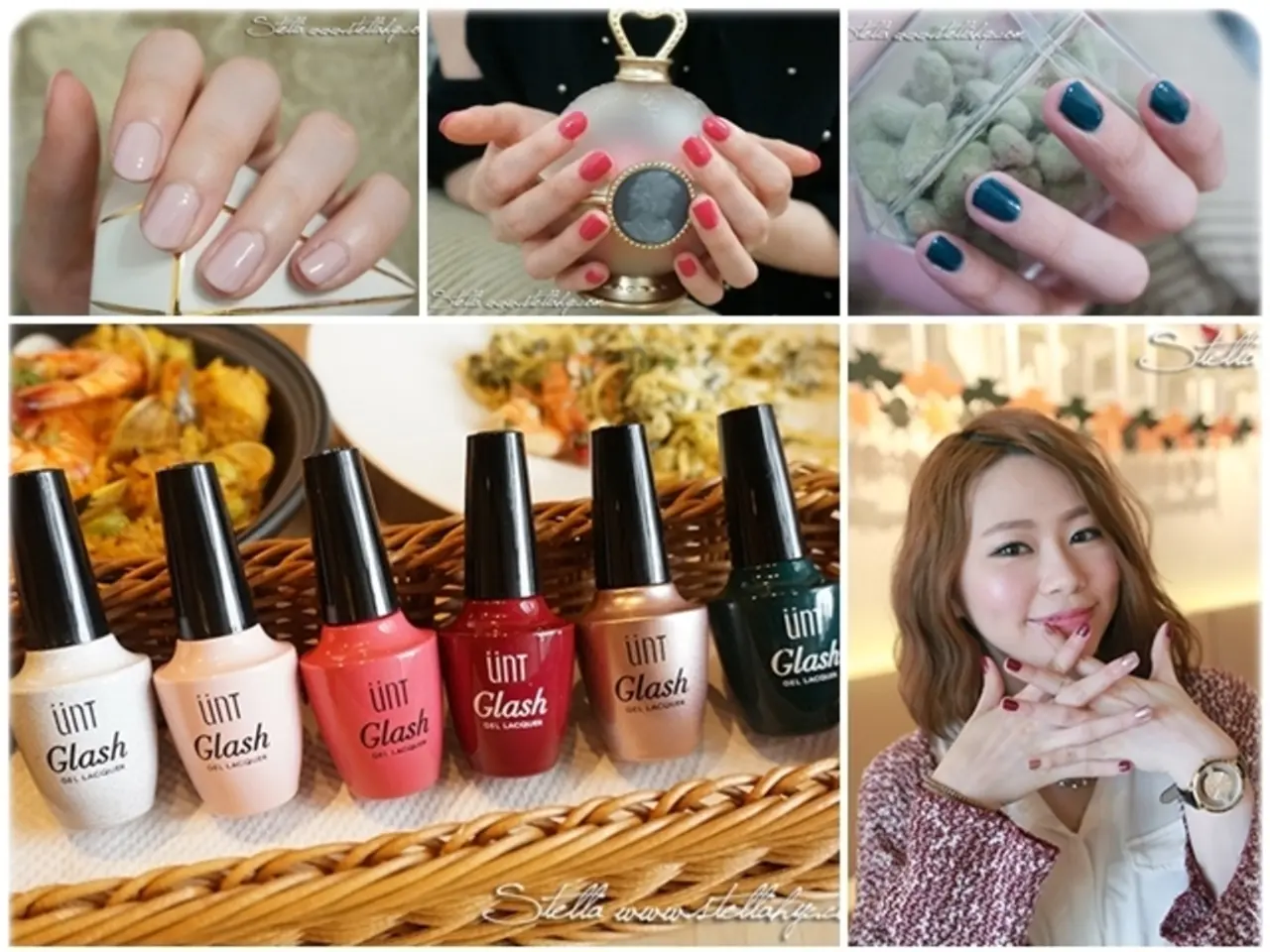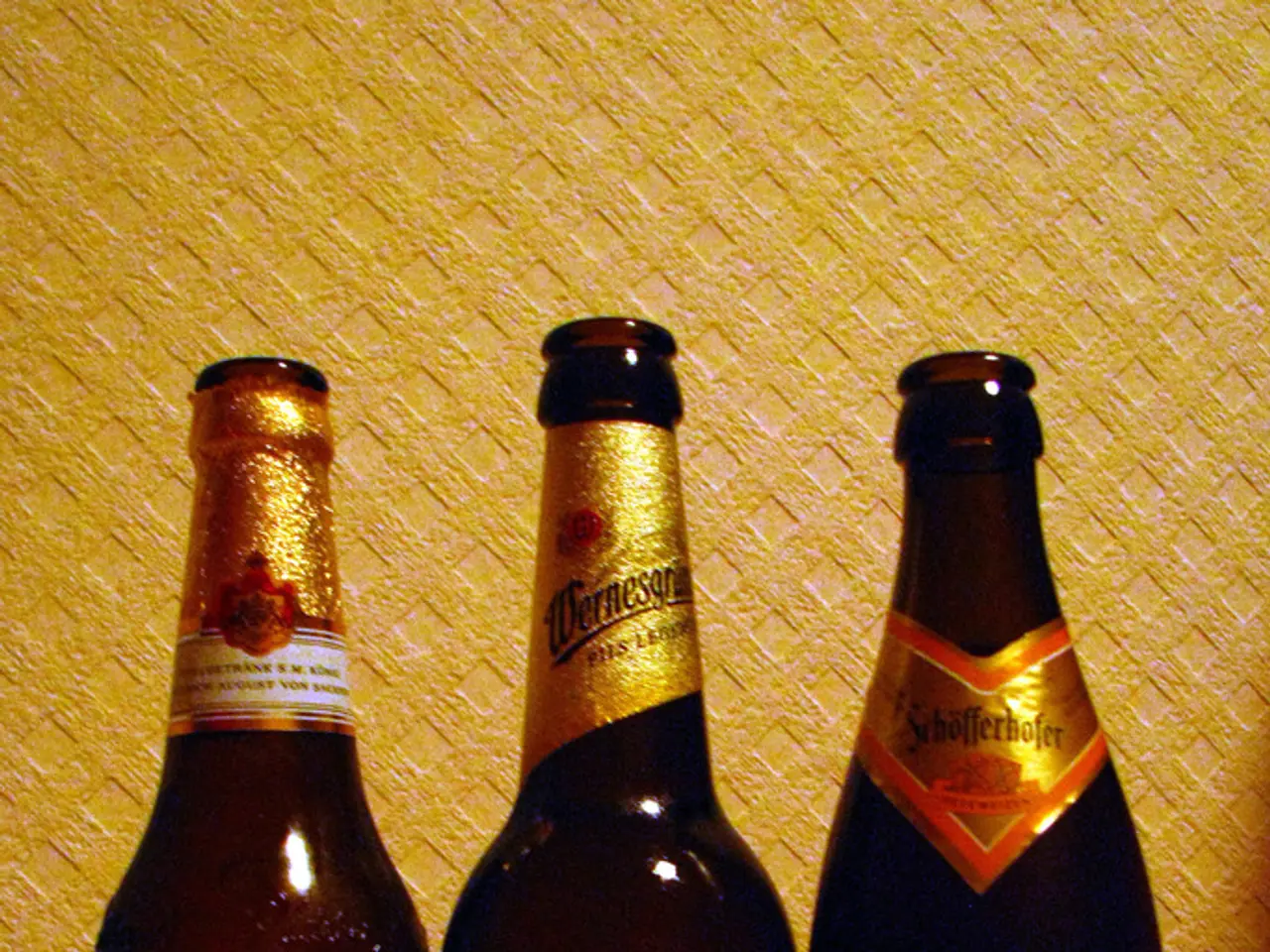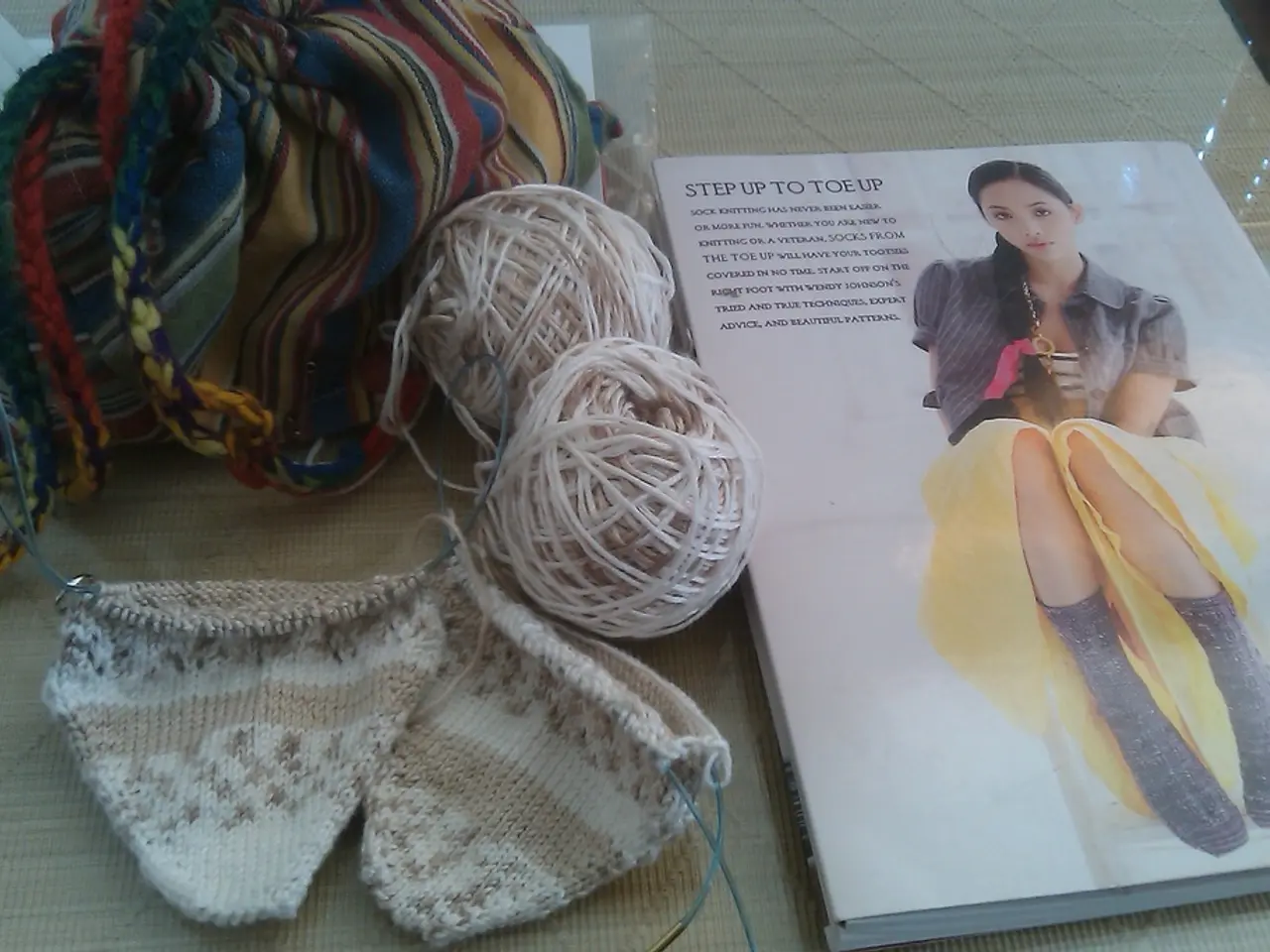Nail Peeling: Root Causes, Remedies, and Prevention Strategies
Peeling nails can be a common concern for many individuals, and understanding the causes behind this issue is crucial for effective prevention and treatment. This article explores both external factors and underlying health conditions that may lead to peeling nails.
### External Causes of Peeling Nails
Constant exposure to water, harsh soaps, or chemicals like those found in cleaning products or alcohol-based sanitizers can strip nails of their natural oils, weakening them and causing peeling. Regular application of nail polish, especially those with harsh chemicals, and frequent use of acetone-based removers can dehydrate and damage nails. Nail treatments like acrylics, shellac, and gel manicures may cause long-term weakening and peeling.
Physical trauma and overuse, such as using nails as tools, excessive typing, nail-biting, or picking at nails, can damage the nail bed and lead to peeling. Dry or extreme climates, whether hot, dry, or cold, can reduce moisture in nails, making them brittle and prone to peeling.
### Underlying Health Conditions and Internal Causes
Lack of essential nutrients, such as biotin (Vitamin B7), iron, zinc, vitamin C, protein, and essential fatty acids, can weaken nails and cause peeling or brittleness. Skin and nail disorders like psoriasis and eczema can cause nail peeling along with other skin symptoms. Thyroid disorders can affect nail health, leading to peeling or brittle nails.
Fungal infections, such as nail fungus (onychomycosis), can cause nails to become damaged and peel. Diseases such as diabetes, lung disease, and Raynaud’s syndrome may manifest nail changes including peeling or brittleness. Medical treatments, such as chemotherapy and certain medications, can also cause nails to peel or become brittle.
### Treatment and Prevention
If you notice persistent nail peeling accompanied by other symptoms like skin irritation, fatigue, or discoloration, it is advisable to consult a healthcare professional for proper diagnosis and treatment.
Preventing peeling nails involves avoiding wearing acrylic or gel nails, using nail polish remover to take off nail polish, wearing rubber gloves when washing dishes or cleaning with chemicals, using the fingers rather than the nails to open things or pick them up, trimming nails and gently filing them to a rounded shape, and keeping nails moisturized.
In some instances, nail abnormalities may be a sign of lung disease. Treatments for lung disease depend on the type of lung disease a person has. Anemia, a condition characterised by low healthy red blood cells, can be treated with iron-rich foods or iron supplements. Brown discoloration on the nails can indicate kidney disease, and if accompanied by other symptoms, medical advice should be sought.
In summary, peeling nails often stem from a combination of external factors like moisture exposure, chemical use, and trauma, as well as internal factors such as nutritional deficiencies and health conditions including psoriasis, thyroid disorders, fungal infections, and other systemic illnesses. By understanding these causes and implementing preventative measures, individuals can maintain healthy, strong nails.
- Constant exposure to water, harsh soaps, chemicals like those found in cleaning products or alcohol-based sanitizers, and regular application of nail polish, especially those with harsh chemicals, can strip nails of their natural oils and cause peeling.
- Frequent use of acetone-based removers, nail treatments like acrylics, shellac, and gel manicures, and physical trauma and overuse, such as using nails as tools, excessive typing, nail-biting, or picking at nails, can damage the nail bed and lead to peeling.
- Dry or extreme climates, whether hot, dry, or cold, can reduce moisture in nails, making them brittle and prone to peeling.
- Lack of essential nutrients, such as biotin (Vitamin B7), iron, zinc, vitamin C, protein, and essential fatty acids, can weaken nails and cause peeling or brittleness.
- Skin and nail disorders like psoriasis and eczema can cause nail peeling along with other skin symptoms.
- Thyroid disorders can affect nail health, leading to peeling or brittle nails.
- Fungal infections, such as nail fungus (onychomycosis), can cause nails to become damaged and peel.
- Diseases such as diabetes, lung disease, and Raynaud’s syndrome may manifest nail changes including peeling or brittleness.
- Medical treatments, such as chemotherapy and certain medications, can also cause nails to peel or become brittle.
- If you notice persistent nail peeling accompanied by other symptoms like skin irritation, fatigue, or discoloration, it is advisable to consult a healthcare professional for proper diagnosis and treatment.
- Preventing peeling nails involves avoiding wearing acrylic or gel nails, using nail polish remover to take off nail polish, wearing rubber gloves when washing dishes or cleaning with chemicals, using the fingers rather than the nails to open things or pick them up, trimming nails and gently filing them to a rounded shape, and keeping nails moisturized.
- In some instances, nail abnormalities may be a sign of lung disease. Treatments for lung disease depend on the type of lung disease a person has.
- Anemia, a condition characterized by low healthy red blood cells, can be treated with iron-rich foods or iron supplements.
- Brown discoloration on the nails can indicate kidney disease, and if accompanied by other symptoms, medical advice should be sought.
- By understanding these causes and implementing preventative measures, individuals can maintain healthy, strong nails.
- In summary, peeling nails often stem from a combination of external factors like moisture exposure, chemical use, and trauma, as well as internal factors such as nutritional deficiencies and health conditions including psoriasis, thyroid disorders, fungal infections, and other systemic illnesses.
- Adequate skin, health and wellness, fitness and exercise, sexual health, family health, men's health, and women's health, along with proper parenting and skin care can help maintain overall health and reduce the risk of health conditions that may lead to peeling nails.
- Therapies and treatments for various health conditions, such as psoriasis and dermatitis, can help alleviate symptoms and slow down nail peeling.
- Proper nutritional intake, including adequate amounts of biotin, iron, zinc, vitamin C, protein, and essential fatty acids, can help strengthen nails and prevent peeling.
- COPD, colitis, asthma, ulcerative colitis, atopic dermatitis, and psoriatic arthritis are some conditions that may require specific therapies and management strategies to address nail health issues.
- Science continues to advance our understanding of nail health and the factors that contribute to peeling nails, allowing for improved prevention and treatment strategies.




